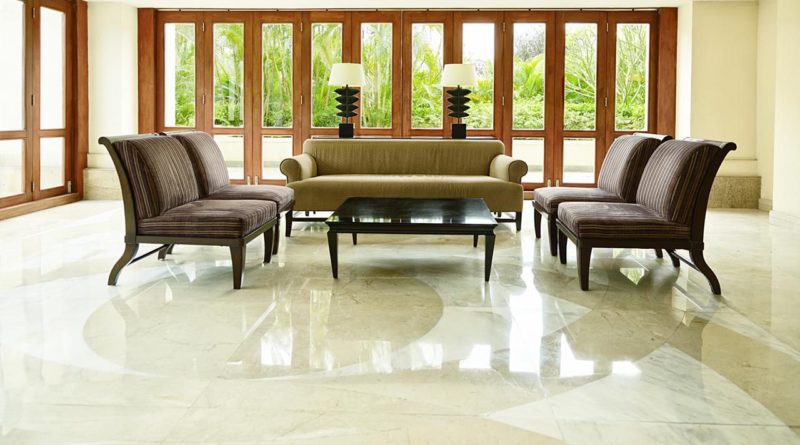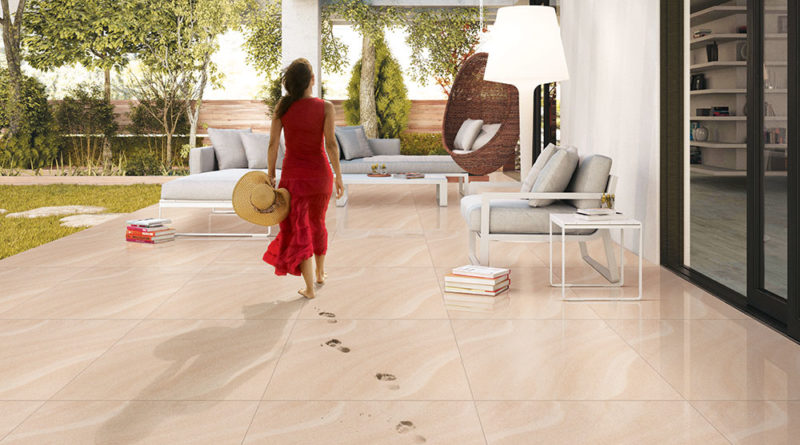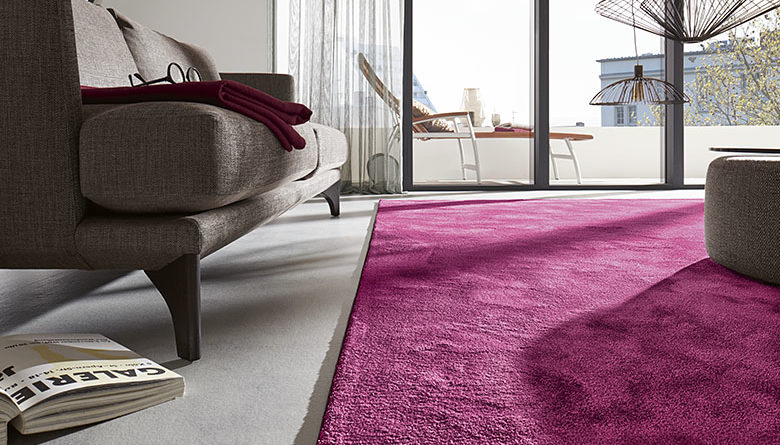FLOORING OPTIONS | An Architect Explains
The purpose of flooring is to provide a horizontal, clean surface to support the occupants of a building, the furniture and equipment. Therefore the flooring must be strong enough to bear the super imposed loads. There are several flooring material options and each has it’s own advantages and disadvantages. An Architect reviews the flooring materials with their pros and cons, to help you decide which one is best suited for your home/building………..
Read more



